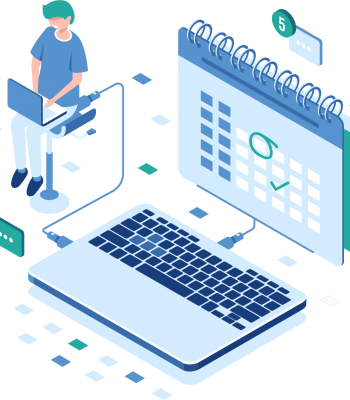

The attacks are all automated, manual ways to ensure protection is too slow and ineffective.
An organization would want to know its security posture, and out of the myriad number of issues that are identified, would like to prioritize what they would want to address based on the risk it poses.
This is a risk-based approach, which is to identify and prioritize the issues to be addressed. This is the optimal use of time and effort. There is still one challenge though. The organization has to fix these issues and validate them, and this is the window that is open to attackers.
This further leads to three challenges
- There may be too many issues, and this takes time to fix and validate
- There may not be the needed expertise in the organization to fix the issues
- Even if the security issue is fixed, need to validate the business flows
Good to have a solution that can identify, prioritize, and auto-remediate. Organizations would want to have control over the type of issues that can be auto-fixed and also on the specific assets.
Not all issues can be remediated, some can be mitigated, for example, a weakness in a Web Application, can only be mitigated by applying a rule on the WAF, and the actual fix would mean fixing the code. Whereas cloud misconfigurations can be remediated.
The fix itself may resolve the security issue, but there may be an impact to the business flow. A telnet port open, identified as a critical issue and fixed, but there may be some application flow which is dependent on it and thus affects the business. In these cases, one should have an option to rollback the fix, till such time that they can fix the application flow.
A real scenario, customer having multiple cloud accounts, and each cloud account having several thousands of issues and portion of it being critical. Would take months to fix, and they need to have the expertise in cloud technologies. Auto-remediation would make this job easy. Either they can look at the issues and use the system to push the fixes or configure the system to automatically fix once it identifies the issues. We are talking only about one cloud account here, and they have multiple of them. Add the other organization assets, namely servers, applications, cloud configurations, auto-remediation is a must.
Seconize – helping reduce the organization’s exposure
Seconize DeRisk Center is a cloud based, continuous and contextual RBVM (Risk Based Vulnerability Management) solution, which identifies issues and prioritizes the remediation based on the risk it poses to the organization.
It extends the capability to auto-remediate the issue. Essentially,
Identify -> Prioritize -> Auto-remediate

One can configure the type of issue on an asset class (server, cloud) that can be auto-remediated
or can look at the individual issues, understand what the remediation, and push a button to resolve it.
If there is a business flow impact, one can rollback the fix.


DeRisk Wizard, identify, prioritize and auto-remediate – all in one flow.
Related
Categories
Recent Posts
Archives
- July 2025
- June 2025
- May 2025
- April 2025
- March 2025
- February 2025
- January 2025
- December 2024
- November 2024
- October 2024
- September 2024
- August 2024
- July 2024
- March 2024
- February 2024
- September 2022
- June 2022
- May 2022
- January 2022
- December 2021
- July 2021
- June 2021
- April 2021
- October 2020
- September 2020
- June 2020
- March 2020
- February 2020
- January 2020
- December 2019
- September 2019
- July 2019
- December 2018
Copyright © 2024 Seconize Technologies Pvt Ltd. All rights reserved.
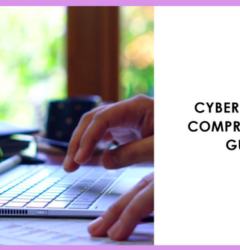
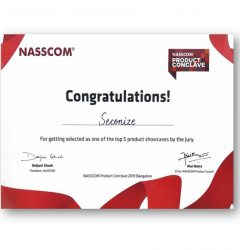
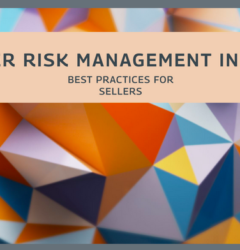


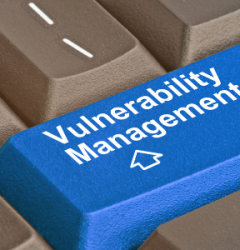







Recent Comments